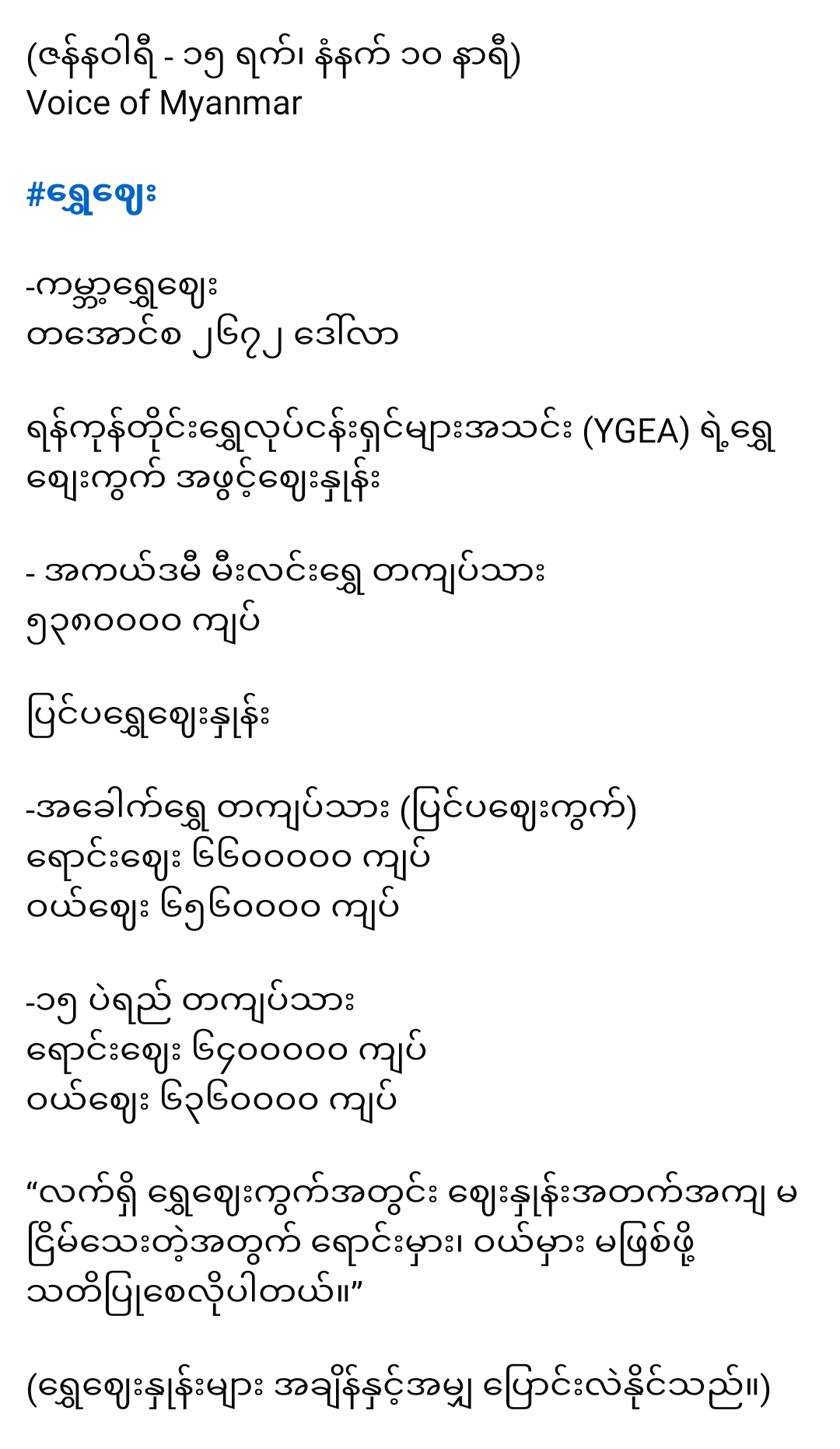
Taiwan’s Main Imported Goods
Taiwan, a highly industrialized and trade-oriented economy, heavily relies on imported goods to support its advanced industries and meet domestic needs. Its strategic location in East Asia positions it as a hub for international trade. The following are Taiwan’s main categories of imported goods:
1. Electronics and Electrical Equipment
As a global leader in electronics manufacturing, Taiwan imports a significant amount of semiconductors, electronic components, and machinery. These items are essential for its robust IT sector, which produces goods like smartphones, computers, and chips. Key suppliers include China, Japan, and South Korea.
2. Energy Resources
Taiwan lacks domestic fossil fuel reserves and imports substantial quantities of crude oil, natural gas, and coal. These resources are vital for power generation and industrial processes. The primary suppliers are countries in the Middle East (like Saudi Arabia) and Australia.
3. Machinery and Mechanical Appliances
Industrial machinery and mechanical components are crucial for Taiwan’s manufacturing and production sectors. Imports include high-tech manufacturing equipment, precision tools, and heavy machinery, sourced mainly from Japan, Germany, and the United States.
4. Chemicals and Pharmaceuticals
Taiwan’s petrochemical and pharmaceutical industries depend on imports of chemical raw materials, synthetic resins, and pharmaceutical ingredients. The country imports these items from the United States, China, and Europe to produce various industrial and consumer products.
5. Metals and Mineral Products
Taiwan imports iron, steel, aluminum, and other metals to support its construction, automotive, and machinery industries. It also imports minerals and ores for manufacturing and infrastructure development. Major suppliers include Australia, Brazil, and India.
6. Agricultural and Food Products
Due to limited arable land, Taiwan imports a wide range of agricultural products such as wheat, soybeans, corn, and rice. Additionally, it imports meat, dairy products, and seafood to meet local consumption demands. The United States, Australia, and New Zealand are key sources.
7. Transportation Equipment
Vehicles, aircraft, and maritime vessels are also major imports. Taiwan procures these items to bolster its transportation infrastructure and consumer demand for automobiles and motorcycles. Suppliers include Japan, Germany, and the United States.
Conclusion
Taiwan’s import structure reflects its industrial priorities and consumer needs. It focuses on high-value goods like electronics, machinery, and energy resources to sustain its competitive economy. Trade partnerships with major economies like China, Japan, the United States, and Germany play a pivotal role in meeting these import requirements. Through strategic imports, Taiwan continues to drive innovation and maintain its status as a key player in the global economy.




Leave a Reply